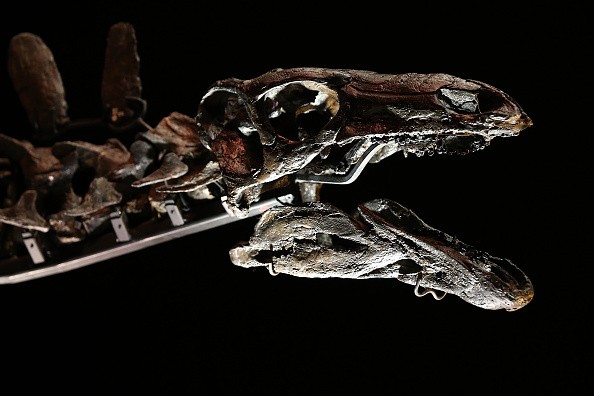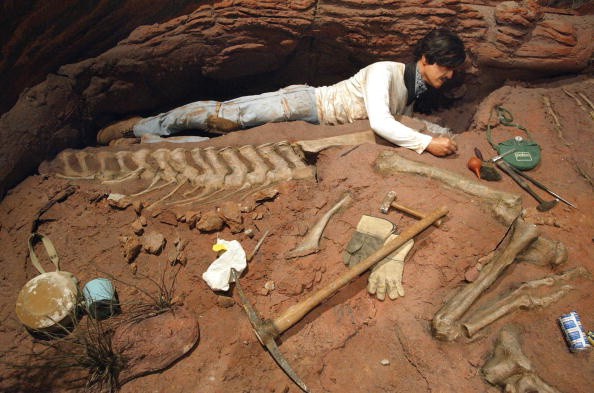Dinosaurs lived millions of years ago and have been extinct for hundreds of millions of years. Recovering its brains is one great challenge for science and technology. There's no chance anything would stay within the cranium of a 233-million-year-old dinosaur, but on the off chance that life finds a way, so does science.
However, the Federal University of Santa Maria's paleontologist Dr. Rodrigo Muller made a remarkable discovery that unveils the evolution of the biggest land animals that ever lived.
Researchers have revealed the first total brain of a dinosaur. Weighing less than a pea, it had a place to a meat-eater that strolled the Soil 233 million years prior. Named "Buriolestes schultzi," it is a precursor of the long-necked sauropods — the most colossal of them all.
The dinosaur's impeccably preserved skeleton included the braincase, enabling an exact recreation of its gray matter. Staggering computer pictures uncover districts included in coordination: sight, smell, intelligence, and indeed reproduction.
Dinosaur Skull undergoes CT Scan
According to Syfy Wire, Dr. Muller placed the perfectly preserved skull into the Computed Tomography (CT) Scan to get the internal cranial cavities structure. Using a CT Scan, they could access unreachable parts of the dinosaur skull filling all gaps. Afterward, they were able to get a 3D representation of the endocast.

Researchers also mapped the cerebellum that controls coordination, posture, balance, and optical lobe, the visual processing cent. Their research also shows the tract responsible for smell, the olfactory bulb, and the cerebrum that conveys intelligence and consciousness.
Muller explains that they need the braincases properly preserved, which contains sensitive tissues. Intact braincases from the most seasoned dinosaurs around the world were obscure. It has helped open the insider facts of its way of life.
Buriolestes schultzi Dinosaur Species
Buriolestes are bizarre carnivore animals measured about four feet from head to tail. The creature had a long neck, razor-sharp teeth, and three long claws on its four appendages. It can run with its two legs.
The remains of the dinosaur were dug out in 2015 during the exploration of the rainforests of southern Brazil led by Dr. Muller himself as Study Finds stated in an article.

This kind of dinosaur existed during the Triassic period when South America was still part of Pangea's super-continent. Even if it was a carnivore or meat-eater, it is also known as one of the youngest members of the plant-eating sauropods that can weigh up to 100 tons and a length of 110 feet long from head to tail.
Related Article : Researchers Put a Bacterium Outside of the ISS and Found That it Survived an Entire Year In Space
This article is owned by Tech Times.
Written by Liam Eustaquio




![Most Useful Google Chrome Keyboard Shortcuts You Need to Know to Improve Your Browsing Experience [2024]](https://d.techtimes.com/en/full/449047/most-useful-google-chrome-keyboard-shortcuts-you-need-know-improve-your-browsing-experience-2024.jpg?w=184&h=103&f=476d29fd60df70a67f6679f99a2ca6d0)